Culture & Travel
12 August 2024Raja Ampat is an archipelago located in Indonesia's West Papua region, widely recognized as having the richest marine biodiversity in the world. With countless species of coral, vibrant fish, and breathtaking underwater landscapes, Raja Ampat truly lives up to its reputation as an underwater paradise.
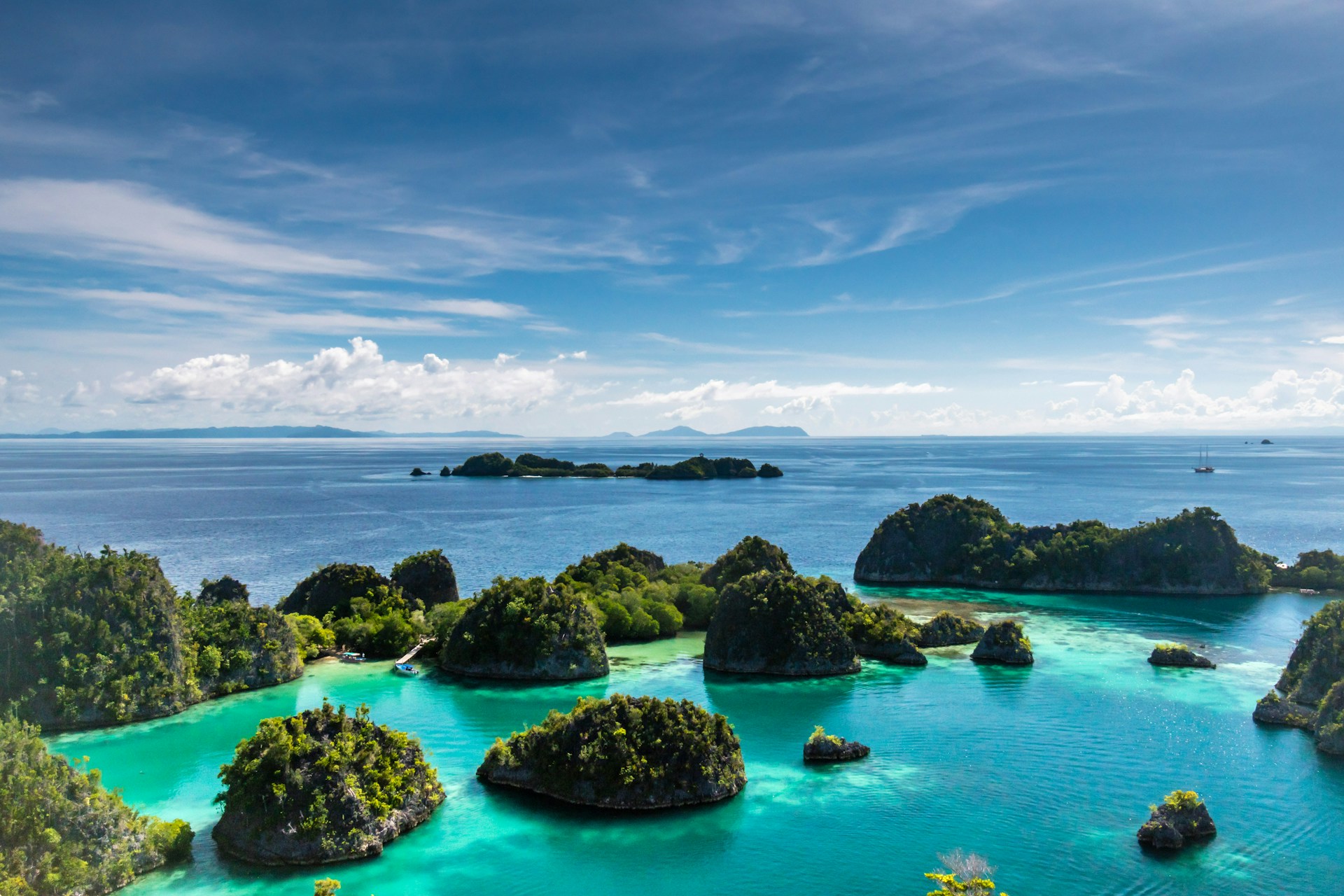
Geography and Ecosystem of Raja Ampat
Raja Ampat covers an area of approximately 40,000 km², comprising four main islands (Misool, Salawati, Batanta, and Waigeo) and around 1,500 smaller islands, islets, and shoals. Situated at the heart of the "Coral Triangle" (an area encompassing Indonesia, Malaysia, the Philippines, Papua New Guinea, the Solomon Islands, and East Timor), which holds the world's greatest marine biodiversity, Raja Ampat is home to 75% of all known coral and fish species in this region.
To put it in numbers, Raja Ampat boasts over 1,300 fish species, more than 600 coral species, and countless marine invertebrates. This remarkable biodiversity has made Raja Ampat one of the world's premier diving destinations.
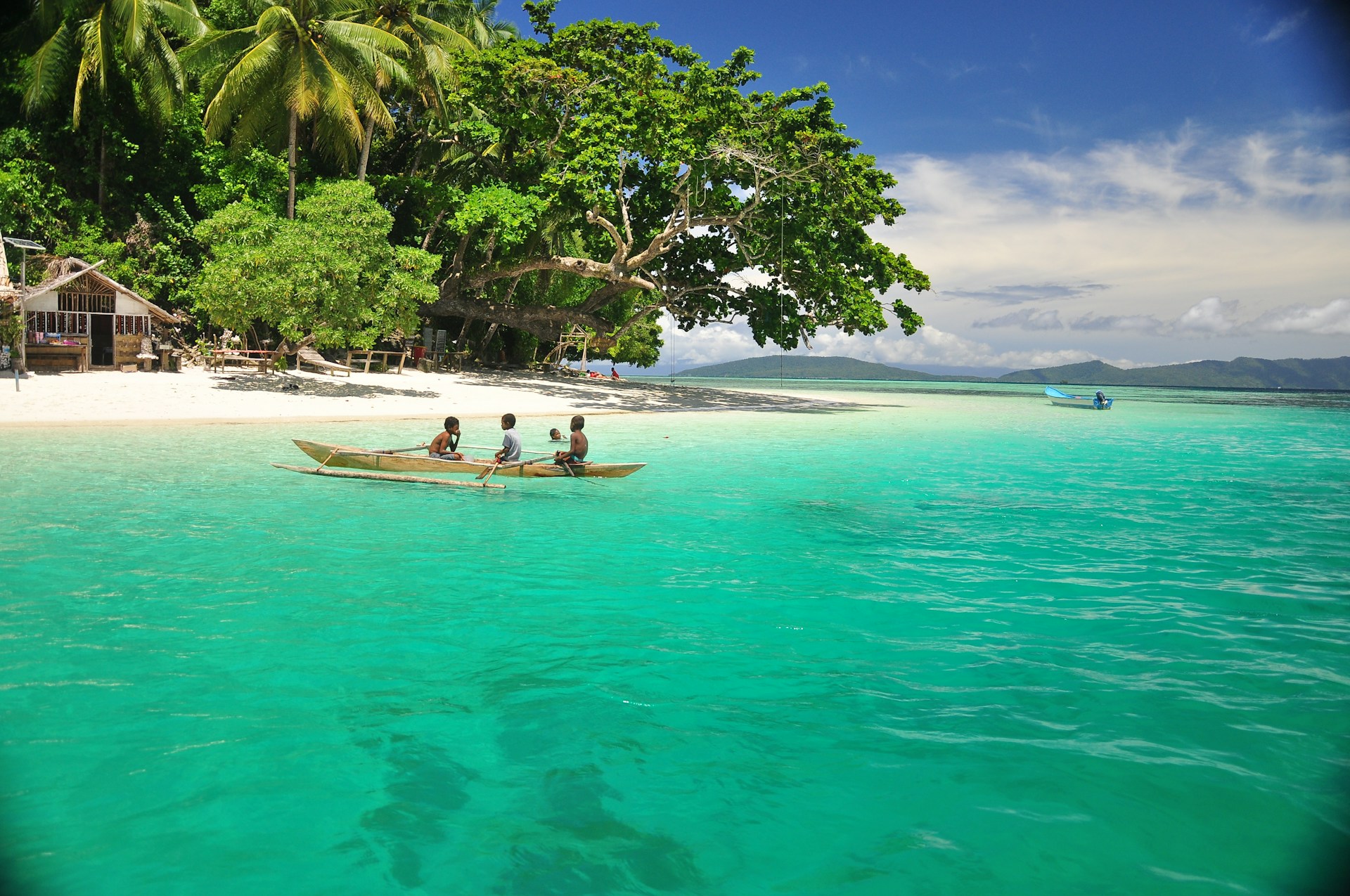
Cultural Heritage and Natural Beauty
Raja Ampat is not only significant for diving enthusiasts but also for environmentalists and those working in conservation. Conservation efforts in the area focus on preserving marine life and promoting sustainable tourism. The local communities actively support ecotourism projects, aiming to use natural resources sustainably.
Lush forests, white sandy beaches, and crystal-clear waters make up Raja Ampat’s surface beauty. The local communities, who maintain traditional ways of life, offer a unique opportunity to experience the region's cultural richness. If you'd like to be a part of this, we recommend choosing accommodations that collaborate with local communities to promote sustainable tourism and provide an eco-friendly holiday experience.
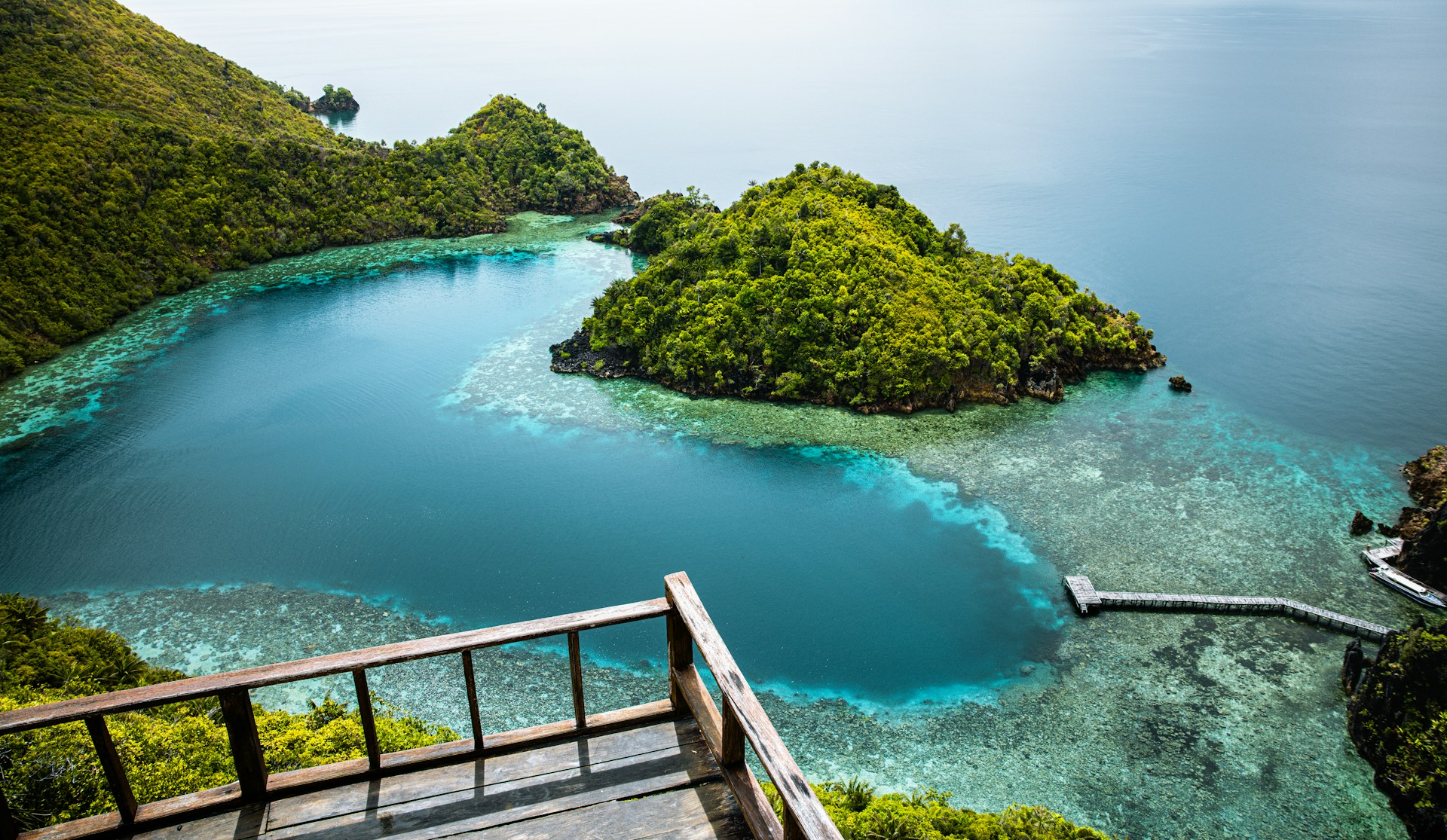
Top Dive Sites in the Underwater Paradise of Raja Ampat
Now, let’s explore the rich underwater world that Raja Ampat is famous for. This region is considered one of the best diving locations in the world. The crystal-clear water provides excellent visibility, and the underwater landscapes offer an incredibly impressive experience.
So, let’s take a look at some of the most famous dive sites in Raja Ampat.
1. Cape Kri
Diving enthusiasts might have heard of Cape Kri from a world record. The site holds the world record for the highest number of fish species observed in a single dive, with an average of 374 species.
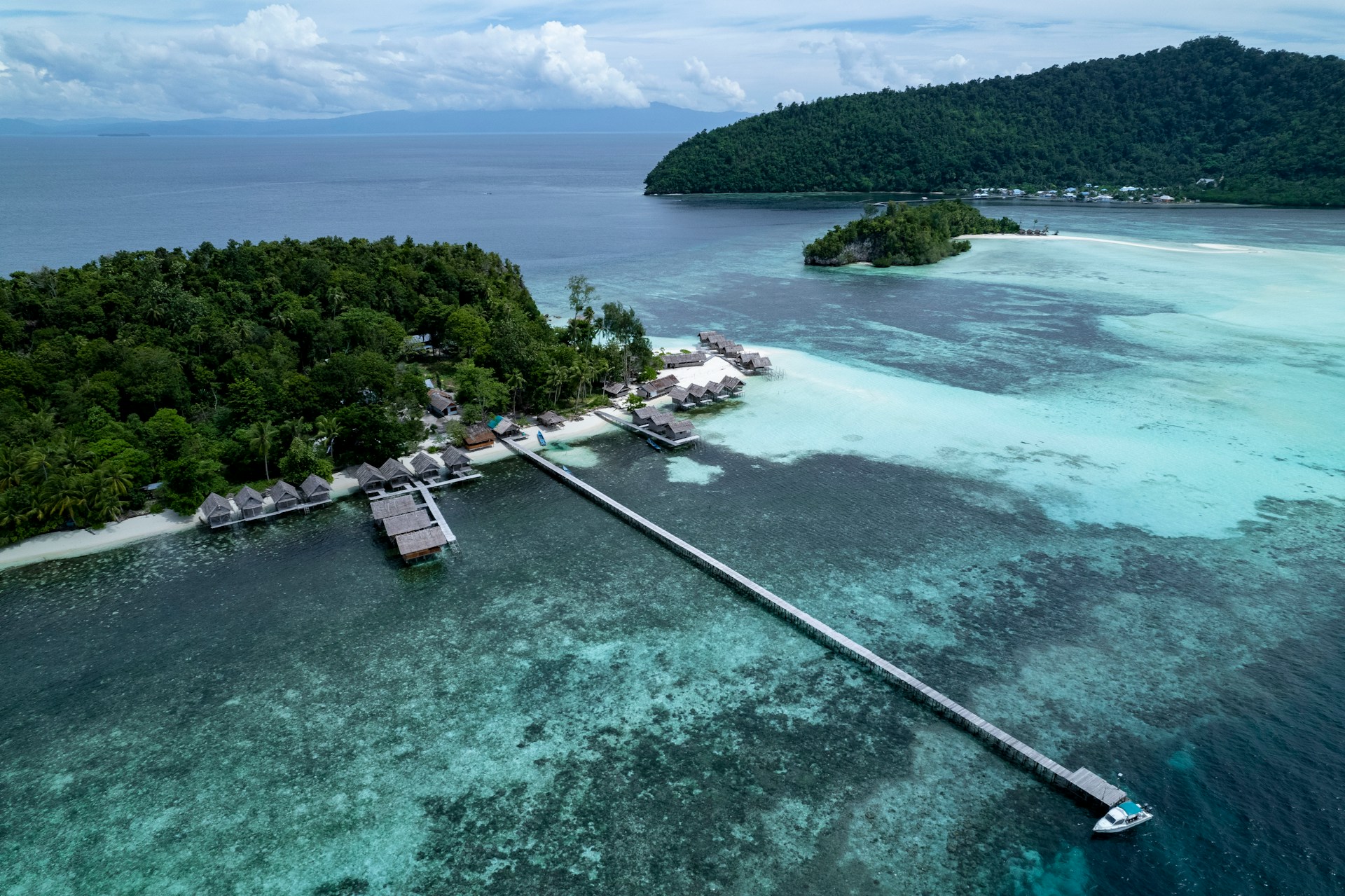
2. Blue Magic
Both Cape Kri and Blue Magic attract large pelagic species due to their strong currents. Blue Magic is renowned for its stunning and unforgettable sights of massive manta rays and sharks.
3. Manta Sandy
As the name suggests, Manta Sandy is a spot where manta rays are frequently seen. You can witness the cleaning stations where these magnificent creatures gather and observe them up close.
4. Misool Island
Located in the southernmost part of Raja Ampat, Misool Island is a fantastic dive spot filled with coral reefs, colorful corals, and various fish species. Boo Windows, Magic Mountain, and Fiabacet are some of the famous dive sites around the island.
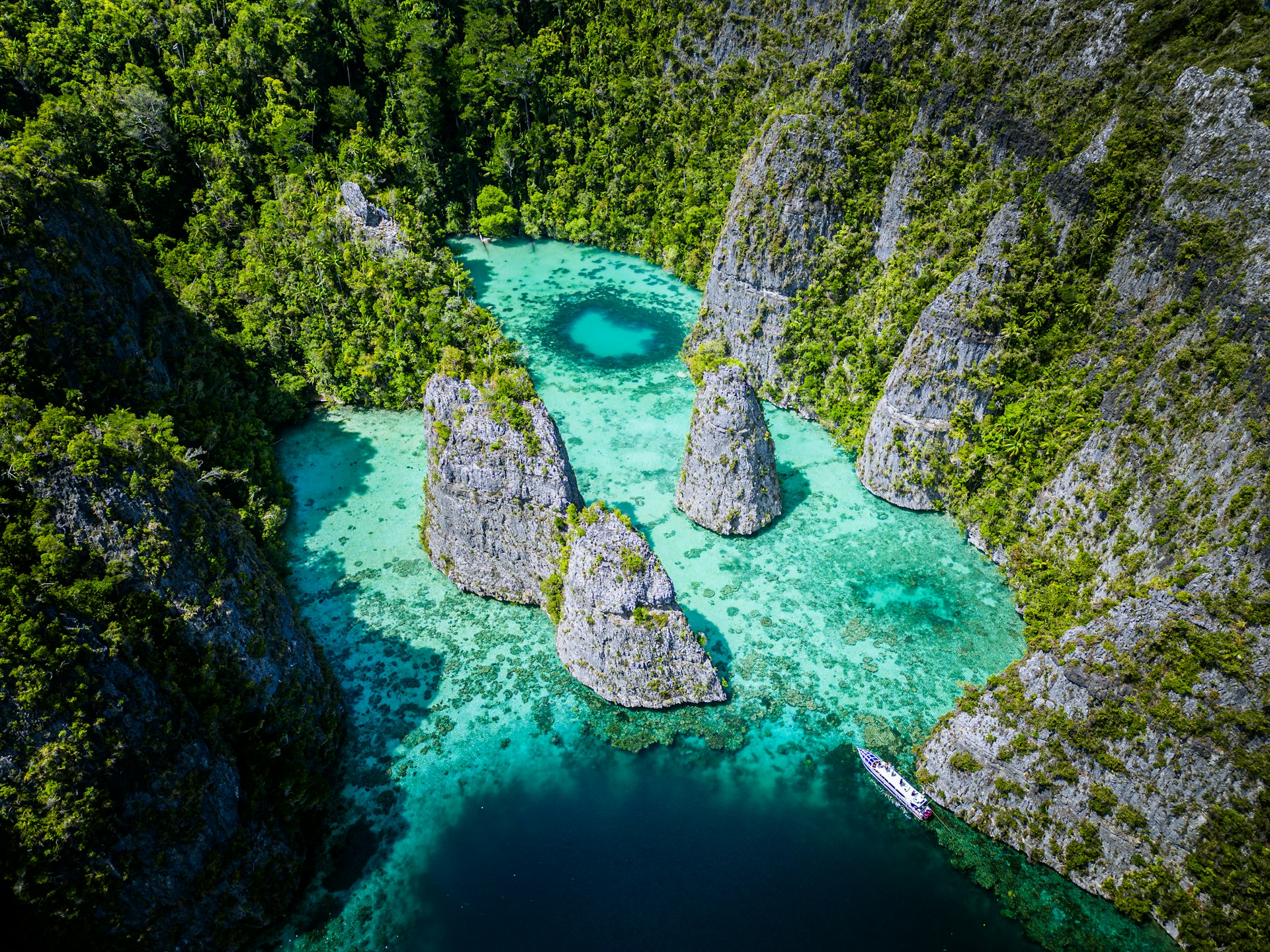
5. Arborek Jetty
Arborek Jetty is a popular spot where large schools of fish, seahorses, and many other marine species can be observed beneath the jetty. Particularly favored by snorkeling enthusiasts, Arborek Jetty also features beautiful coral gardens.
6. Melissa’s Garden
Melissa’s Garden is famous for its expansive and colorful coral reefs. Here, you can observe a variety of tropical fish species and a wide array of coral types spread over a large area.
7. The Passage
The Passage, a narrow waterway between Waigeo and Gam islands, is particularly famous in the field of underwater photography. Diving through rock formations, caves, and narrow passages offers a unique experience for divers.
8. Batu Lima
Named after the five rocks that rise just above the water's surface, Batu Lima is a dive site located north of Waigeo Island. It's important to dive here when the currents are calmer, as Batu Lima offers encounters with colorful corals and rich marine life.
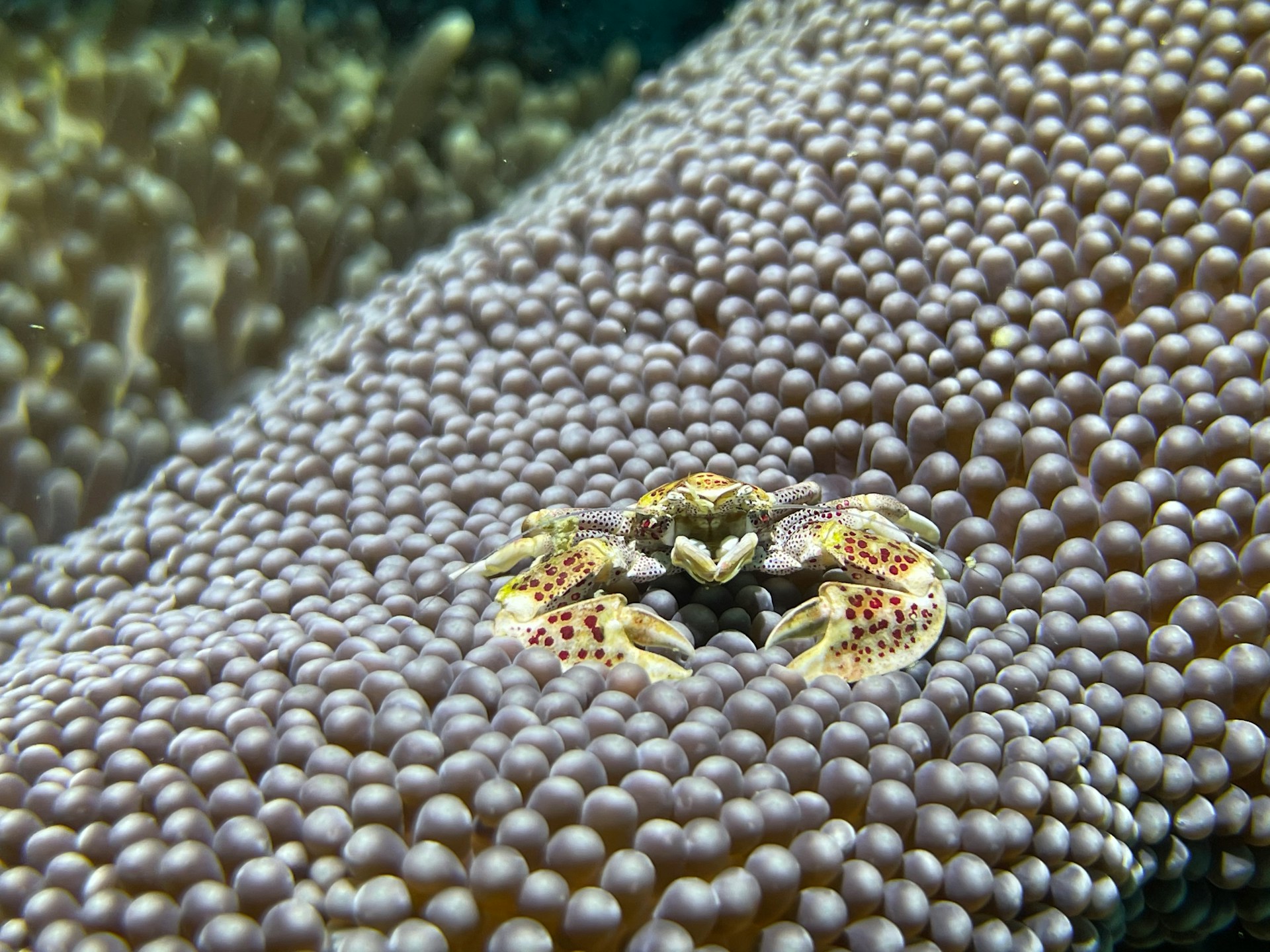
9. Sardine Reef
Sardine Reef provides incredible visibility, especially in the morning, and is teeming with large schools of fish and vibrant corals. Swimming among sardine schools, you might just encounter a shark or a barracuda.
10. Yanggelo
Yanggelo's numerous dive sites feature caves and passages that provide excellent opportunities for underwater photography. Sea anemones are among the most fascinating marine creatures you can observe in this area.
Getting to Raja Ampat and Accommodation
Reaching Raja Ampat typically involves a journey from Indonesia's capital, Jakarta, or Bali. After arriving at Sorong Airport, you can reach the islands by ferry or speedboat.
Accommodation options are varied. You can choose based on your budget or opt for the eco-friendly establishments we mentioned earlier. These range from luxurious resorts to modest bungalows.


